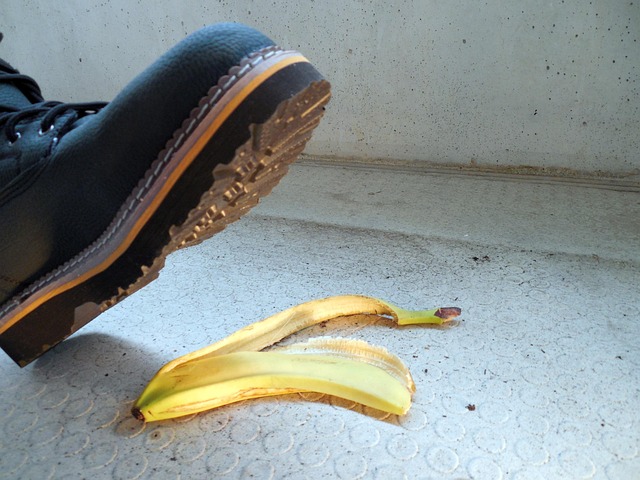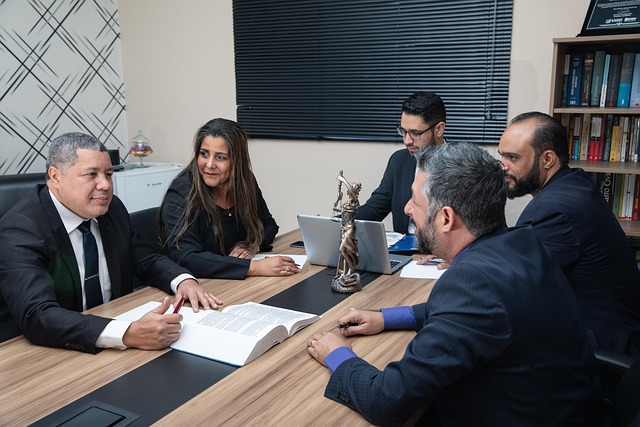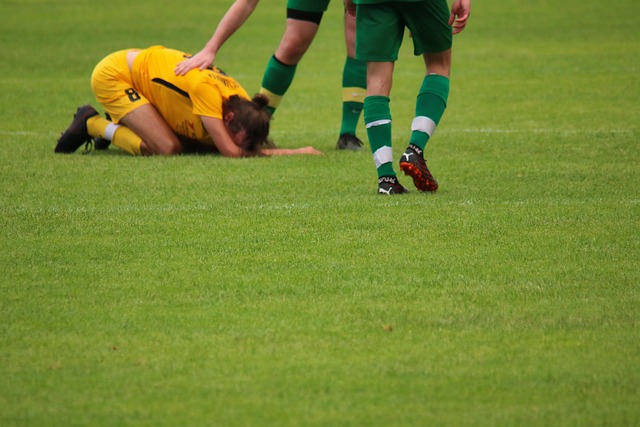Pedestrian accident injuries range from minor to severe, with complex trauma often occurring in collisions with larger vehicles like trucks. These can lead to immediate pain and long-term disabilities, including fractures, internal bleeding, head injuries, and spinal damage. The rehab process begins with an assessment and diagnostic tests, followed by a personalized treatment plan involving physical and occupational therapy. Recovery timelines vary greatly based on age, health, injury type, comorbidities, and psychological factors. Engaging a qualified truck accident attorney is crucial for navigating complexities and ensuring victims receive adequate care and compensation.
Pedestrian accidents can lead to a range of severe injuries, with recovery times varying greatly. Understanding both the types of injuries sustained and the physical rehab process is crucial for victims navigating their journey towards healing. This article explores common pedestrian accident injuries, delves into the stages and timelines of physical rehabilitation, and examines factors that influence recovery duration on a case-by-case basis. By understanding these aspects, individuals can better prepare for potential challenges and actively participate in their rehabilitation.
- Understanding Pedestrian Accident Injuries: Types and Severity
- The Physical Rehab Process: Steps and Expected Duration
- Factors Influencing Recovery Time: Case-Specific Considerations
Understanding Pedestrian Accident Injuries: Types and Severity

Pedestrian accident injuries can vary widely in type and severity, from minor cuts and bruises to life-altering conditions. In many cases, pedestrians are at a significant disadvantage when involved in accidents with motor vehicles, especially larger vehicles like trucks. These collisions often result in complex and severe trauma, including fractures, internal bleeding, head injuries, and spinal damage. The impact can lead to immediate physical pain and long-term disabilities.
Understanding the potential extent of these injuries is crucial for both victims and those seeking justice through a truck accident lawyer. Personal injury claims related to pedestrian accidents may involve significant medical expenses, rehabilitation, and even employment disputes if the victim’s ability to work is compromised. Therefore, recognizing the severity of such injuries is an essential step in ensuring proper care and support for those affected.
The Physical Rehab Process: Steps and Expected Duration

The physical rehab process for pedestrian accident injuries involves a series of steps designed to aid recovery and restore functionality. It typically begins with an initial assessment by a healthcare professional, who evaluates the extent of the injuries through diagnostic tests like X-rays, MRIs, or CT scans. Based on these findings, a personalized treatment plan is crafted, targeting specific areas affected. This plan may include physical therapy, occupational therapy, and rehabilitation exercises tailored to the patient’s needs.
Rehabilitation sessions often span several weeks or even months, with regular check-ins and adjustments to keep pace with progress. The expected duration varies greatly depending on the severity of injuries, age, overall health, and adherence to recommended treatments. While some minor pedestrian accident injuries may heal within a couple of months, more severe cases can require years of dedicated rehabilitation to regain mobility, strength, and independence. In such complex situations, consulting a personal injury attorney for guidance in navigating potential defective products liability claims or real estate disputes related to accommodations might be necessary alongside medical care.
Factors Influencing Recovery Time: Case-Specific Considerations

The recovery timeline for pedestrian accident injuries is highly variable and depends on numerous factors. Unlike a slip and fall injury or caregiver abuse cases that may have more predictable outcomes, truck accidents often involve severe forces leading to complex and diverse injuries. Therefore, each case requires a tailored approach in physical rehab.
Age, overall health, the specific nature of the trauma (e.g., fractures, head injuries), associated comorbidities, and psychological factors all play significant roles in recovery duration. For instance, younger individuals with robust physical condition might experience faster healing compared to older adults or those with pre-existing health issues. Additionally, the level of consciousness during the accident and post-injury cognitive abilities can impact rehabilitation progress. Engaging a qualified truck accident attorney is crucial for navigating these complexities and ensuring the victim receives appropriate care and compensation.
Pedestrian accident injuries can vary widely in severity, from minor cuts and bruises to more serious fractures and traumatic brain injuries. Physical rehab plays a crucial role in the recovery process, focusing on regaining strength, mobility, and functionality. The duration of this process depends on several factors, including the type and severity of injuries, age and overall health of the individual, and their commitment to therapy. Understanding these variables helps in navigating the path to healing, with case-specific considerations guiding a personalized approach to rehabilitation.






